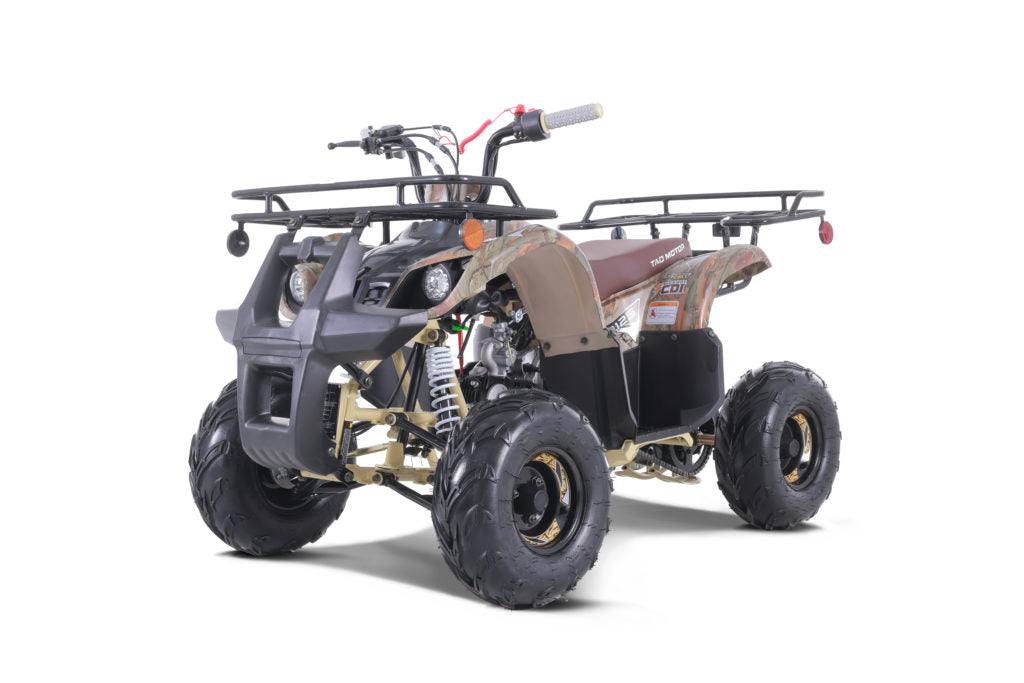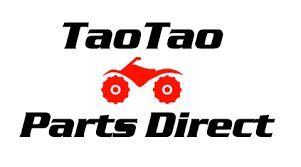
Universal Routine Maintenance Schedule for Chinese Four Wheelers
Share
Basic maintenance schedule for 4 stroke ATVs
When it comes to owning a Chinese four wheeler, regular maintenance is key to ensure its longevity and optimal performance. In this article, we will provide you with a comprehensive and universal routine maintenance schedule that applies to most Chinese four wheelers. By following this schedule, you can keep your vehicle in top shape and avoid costly repairs in the future.
1. Regular Oil Changes
Oil changes are one of the most important maintenance tasks for any vehicle, including Chinese four wheelers. It is recommended to change the oil every 3,000 to 5,000 miles or every six months, whichever comes first. Fresh oil helps to lubricate the engine, reduce friction, and remove impurities that can lead to engine damage. Regular oil changes also contribute to better fuel efficiency and smoother engine performance.
2. Check and Replace Filters
Filters, such as the air filter and oil filter, play a crucial role in keeping your Chinese four wheeler's engine clean. Regularly inspect these filters and replace them as needed. A clogged air filter can reduce fuel efficiency, affect engine performance, and increase emissions. Similarly, a dirty oil filter can compromise the oil flow and lead to engine problems. Check the manufacturer's recommendations for the recommended intervals for filter replacement.
3. Inspect and Maintain the Battery
The battery is the heart of your vehicle's electrical system. Regularly check the battery terminals for corrosion and clean them if necessary. Also, ensure that the battery is securely fastened and has adequate electrolyte levels. If your Chinese four wheeler is not in regular use, consider using a battery maintainer to prevent battery drain. Additionally, it is a good practice to have the battery tested periodically to ensure it's in good condition and can provide sufficient power for starting the vehicle.
4. Tire Maintenance
Proper tire maintenance is crucial for both safety and performance. Regularly check the tire pressure and ensure it matches the manufacturer's recommended levels. Underinflated or overinflated tires can lead to poor handling, decreased fuel efficiency, and increased risk of tire failure. Additionally, inspect the tires for any signs of wear and tear, such as uneven tread wear or bulges. Rotate the tires regularly to promote even wear and extend their lifespan. Remember to also check the spare tire and ensure it's in good condition.
5. Brake System Inspection
The brake system is a critical component of your Chinese four wheeler's safety. Regularly inspect the brake pads, rotors, and brake fluid levels. If you notice any signs of wear or reduced braking performance, have the brakes inspected and serviced by a qualified mechanic. Squeaking or grinding noises, vibrations, or a soft brake pedal are indications that your brake system needs attention. Brake fluid should be checked regularly, and if it appears dirty or has a low level, it may be time for a brake fluid flush.
6. Fluid Checks and Changes
Apart from regular oil changes, it is important to check and maintain other fluids in your Chinese four wheeler. These include transmission fluid, coolant, power steering fluid, and brake fluid. Refer to your vehicle's owner manual for the recommended intervals for checking and changing these fluids. Low or dirty fluids can affect the performance of these systems and potentially cause damage. Regular fluid checks and changes help to ensure smooth operation and prevent costly repairs.
7. Inspection of Belts and Hoses
Belts and hoses play a crucial role in the proper functioning of various systems in your Chinese four wheeler, such as the cooling system and power steering. Regularly inspect these components for any signs of wear, cracks, or leaks. Replace them if necessary to prevent potential breakdowns. Over time, belts can become worn or cracked, and hoses can deteriorate, leading to coolant leaks or engine overheating. A visual inspection of belts and hoses can help identify any issues before they escalate into major problems.
8. Suspension and Steering System
A well-maintained suspension and steering system ensure a smooth and comfortable ride. Regularly inspect the shocks, struts, and steering components for any signs of damage or wear. If you notice any unusual noise or handling issues, have these components inspected by a professional. Worn-out or damaged suspension or steering components can affect the vehicle's stability, handling, and overall safety. Addressing these issues promptly can prevent further damage and ensure a safe driving experience.
9. Electrical System Check
The electrical system in your Chinese four wheeler is responsible for powering various components and accessories. Regularly check the lights, indicators, horns, and other electrical features to ensure they are functioning properly. Faulty electrical components can lead to safety hazards or inconvenience. In case of any malfunctioning electrical components, it is advisable to have the system inspected by a qualified technician.
10. Regular Cleaning and Waxing
While not directly related to mechanical maintenance, keeping your Chinese four wheeler clean and protected is essential for its overall appearance and longevity. Regularly wash your vehicle to remove dirt, grime, and corrosive substances. Consider applying wax or a protective coating to the exterior to preserve the paint and prevent oxidation. Additionally, clean the interior and vacuum regularly to maintain a pleasant and comfortable driving environment.
11. Check and Adjust Drive Belts
Drive belts, such as the serpentine belt, are responsible for driving various engine accessories like the alternator, water pump, and power steering pump. Regularly inspect the belts for any signs of wear, fraying, or cracking. If you notice any issues, have them replaced promptly to prevent belt failure and potential damage to engine components.
12. Check and Maintain the Cooling System
The cooling system is crucial for regulating the engine temperature and preventing overheating. Regularly check the coolant level and condition. If needed, top up the coolant or replace it according to the manufacturer's recommendations. Inspect the radiator and hoses for any leaks or damage. Additionally, consider flushing the cooling system periodically to remove any built-up sediment or contaminants that may affect its performance.
13. Check and Adjust Wheel Alignment
Proper wheel alignment ensures optimal tire performance, even tire wear, and stable handling. It is recommended to have the wheel alignment checked annually or whenever you notice any steering or handling issues. A professional wheel alignment can correct any misalignments and improve the overall driving experience.
14. Inspect Exhaust System
Regularly inspect the exhaust system for any signs of damage, leaks, or rust. A damaged or leaking exhaust system can affect engine performance, fuel efficiency, and even pose a safety risk due to harmful fumes. If you notice any issues, have the exhaust system inspected and repaired by a qualified mechanic.
15. Timing Belt Replacement
Depending on the specific Chinese four wheeler model, it may be equipped with a timing belt. Timing belts need to be replaced at specific intervals, usually between 60,000 to 100,000 miles. Refer to your vehicle's owner manual or consult a professional mechanic to determine the recommended timing belt replacement interval for your specific model.
Conclusion
By following this universal routine maintenance schedule, you can ensure that your Chinese four wheeler remains in optimal condition. Regular maintenance not only prolongs the lifespan of your vehicle but also improves its safety, reliability, and performance. Remember to consult your vehicle's owner manual for specific maintenance requirements and intervals. By taking care of your Chinese four wheeler, you will enjoy many years of trouble-free driving. Happy and safe motoring!
